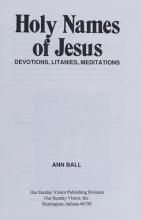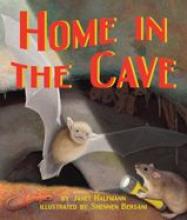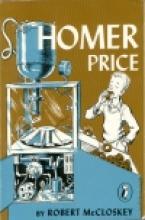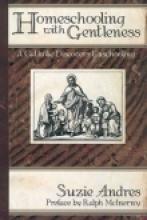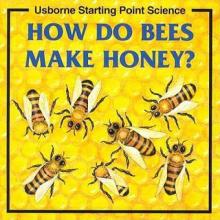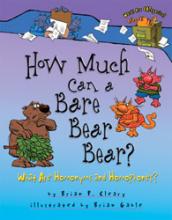No name
Holy Names of Jesus: Devotions, Litanies, and Meditations
Did you know that Jesus is also known as "Divine Mercy" and "The Incarnate Word"? OK, those were easy ones. Do you know the story of the "Infant Jesus of Prague" or "The Black Christ of Esquipulas"? Mrs. Ball has written an interesting book describing the numerous names by which Our Lord has been known throughout time and throughout the world. The earliest names, of course, come from the Bible, but many of the others have been made known through the writings of the saints, visions, and documented miracles. Others are simply devotional. She says that her goal is "that a study of some of His holy names will call forth a greater love of Him Who is Love" (p. 9). In addition to the main text, Mrs. Ball includes the Litany of the Most Holy Name of Jesus, a lovely prayer, as well as an extensive bibliography.
This book is laid out in short sections that may be read in a few minutes while providing food for thought for hours. Forty-four names by which Jesus is known have been listed and described, with a short prayer or meditation after many of them. Those names whose origin is well-known have longer passages than those names that are less familiar. I must admit that two of the passages struck me as a bit odd: the one titled "Cosmic Christ–-Jesus, Priest" which is a modern piece of poetry and the one titled "Jesus, Our Mother", which is a commentary of the universal natures of Christ. Both seemed out of place and less than reverent, but the book has both the "nihil obstat" and an imprimatur. Most of the remaining names were familiar to me and quite traditional.
Imprimatur and Nihil Obstat
Holy Papers
This booklet provides thirty-three pages of lined paper with beautiful Catholic pen and ink illustrations. The pages are intended for handwriting practice and may be photocopied for use within your own family. Following the lined pages are approximately forty pages of beautiful religious quotes - printed in both script and cursive - for practicing handwriting. Quotes are organized according to themes such as Adoration, Conscience, Eucharist and Obedience.
Binding details: paper pad binding
Home Educator's Lesson Planner
Designed to keep track of one child's lesson plans for a year, this organizer has several features that would please both the structured homeschooler or those who prefer unit studies. This comb bound planner includes an attendance record as well as pages for expenses, projects and field trips, book lists, progress reports, grading, monthly overview and 70 lesson plan pages with two pages covering each of 35 weeks. The Home Educator's Lesson Planner is unique in that the lesson plan pages provide rows but not columns, allowing the parent to determine the number of columns based on subjects studied. Older students could also use this planner to track their assignments and performance.
This planner was donated for review by H.E.L.P. Press
Home in the Cave
Homer Price
Homeschoolers' College Admissions Handbook
Mrs. Cohen provides a great deal of advice (from herself as well as parents and homeschool graduates have successfully gone through the admissions process) on shopping for colleges, the diploma question, portfolios, transcripts, essays (an important aspect of admissions for homeschool applicants), letters of recommendation, testing, and a chapter on how homeschoolers are doing in college.
Although it is important to seek out information from a Catholic perspective as well (particularly with regards to choosing a good college), this book will be very useful to homeschoolers eagerly, but nervously seeking to apply to the college of their choice.
Homeschooling with Gentleness
How Do Bees Make Honey?
A small, inexpensive book filled with pictures and lots of other information picture about bees and other insects. You'll learn how to tell bees apart from other insects, how bees live together in colonies and all about their beehives, how bees communicate with each other (my children have really enjoyed trying to re-enact the bee's dances) and of course how bees make honey. The one thing I didn't like is that the material is so disjointed because it jumps around between different kinds of insects.
How Much Can a Bare Bear Bear?
Homonyms are words that sound and also look alike. But they have different meanings, as in "Can you pass that can, Mike?" Or "May I sail with you in May and coast along the coast?and
Now, some words sound identical but are spelled in different way. These words are known as homophones. Like praise and preys and prays. Though homophones have matching sounds, their meanings aren't the same. And there isn't any question, they're as fun as any game.The homonym and homophone pairs are highlighted in matching colors to make it easy to identify each set. On the whole, we found this book both entertaining and helpful.

